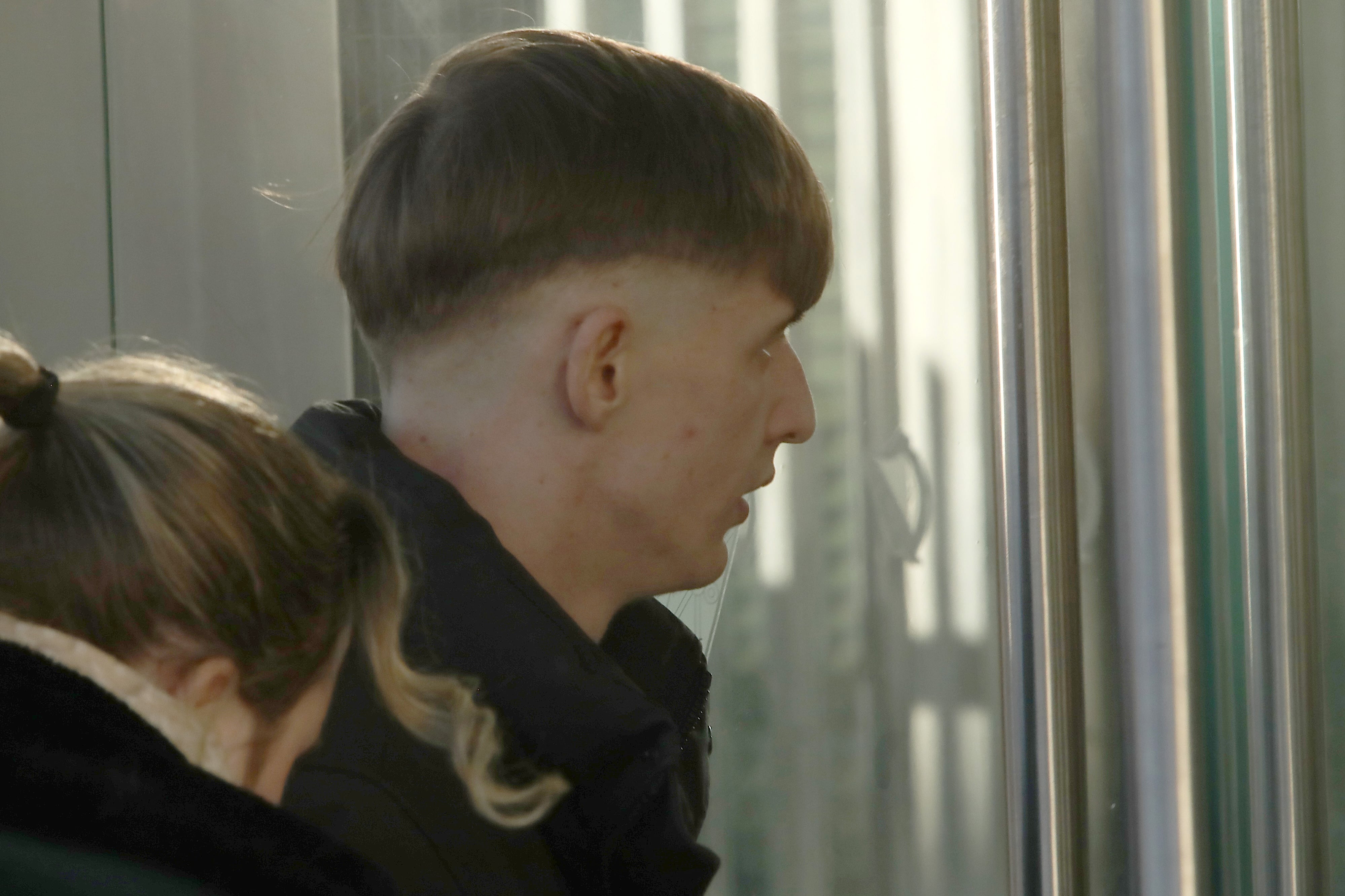When Stuart Haxell, who has spent the last 12 years functionally blind, was shown a letter on a page after receiving treatment in the Mater hospital in Dublin last November, he could barely believe his eyes.
He could see the letter. He could read it. “I was shaking. I never considered there was anything that could help with my condition. I never thought this could happen. All I could see before that was bright lights.”
The 31-year-old, from Sligo town, is the first patient in Ireland to be treated with a ground-breaking ocular gene therapy.
The gene therapy, known as Luxturna, received approval for use by the Health Service Executive in the State last year and has the potential to restore retinal function and vision in patients suffering from inherited retinal dystrophies.
READ MORE
Haxell had sight issues from birth, but it deteriorated, leaving him functionally blind from the end of secondary school.
He spent many years seeking a diagnosis and received one when he underwent genetic testing in 2023, an initiative supported by the charity Fighting Blindness. Here, he was diagnosed with a very rare condition Leber congenital amaurosis – fewer than 10 people in Ireland have the condition.
“I had no idea what my eye condition was, I just wanted a diagnosis. This [opportunity to have treatment] came completely out of the blue.,” he said.
He had to undergo many more tests, but in November of last year he had two surgeries a week apart on each eye.
Prof David Keegan, consultant retina specialist at the Mater hospital, and his team injected the gene therapy into the eyes. There was a “rigorous” selection process to ensure Haxell was eligible, but Prof Keegan said the benefits speak for themselves.
“It’s akin to plugging a television back in,” he said. “The procedure is most effective when administered in childhood before significant retinal degeneration occurs, but as Stuart’s case demonstrates, benefits are not only possible but significant in adults.”
Hundreds of patients worldwide have already benefited from this treatment, said Prof Keegan. But this is the first time an Irish person has been treated in Ireland.
“We had three children who received this treatment abroad while awaiting HSE approval. I think it’s really important that we have demonstrated the ability and capacity to treat patients with these conditions here,” he said.
“That means that when drugs come down the line for other more common conditions, we don’t need to send them abroad.”
Mr Haxell was “right at the edge of eligibility”, said Prof Keegan but he believes the “heart of the programme” is the whole system of testing, which will enable clinicians and patients to plan and manage conditions, thus “improving their quality of life”.
Since Mr Haxell’s treatment, he can read big letters, make out objects and there is hope he will be able to read full sentences again.
“It’s like when I walk into a room, I might not know it’s a table in front of me, but I can see there’s a big object, that there’s something there.”
This, he said, has empowered him in a way he didn’t think possible. “I feel much more comfortable when I come into a room. I feel more confident that there’s less of a chance I could fall or bang into something,” he said.
“For the first time in over a decade, I can see the world around me. Being able to read again is something I never thought possible and my quality of life has been improved.”










